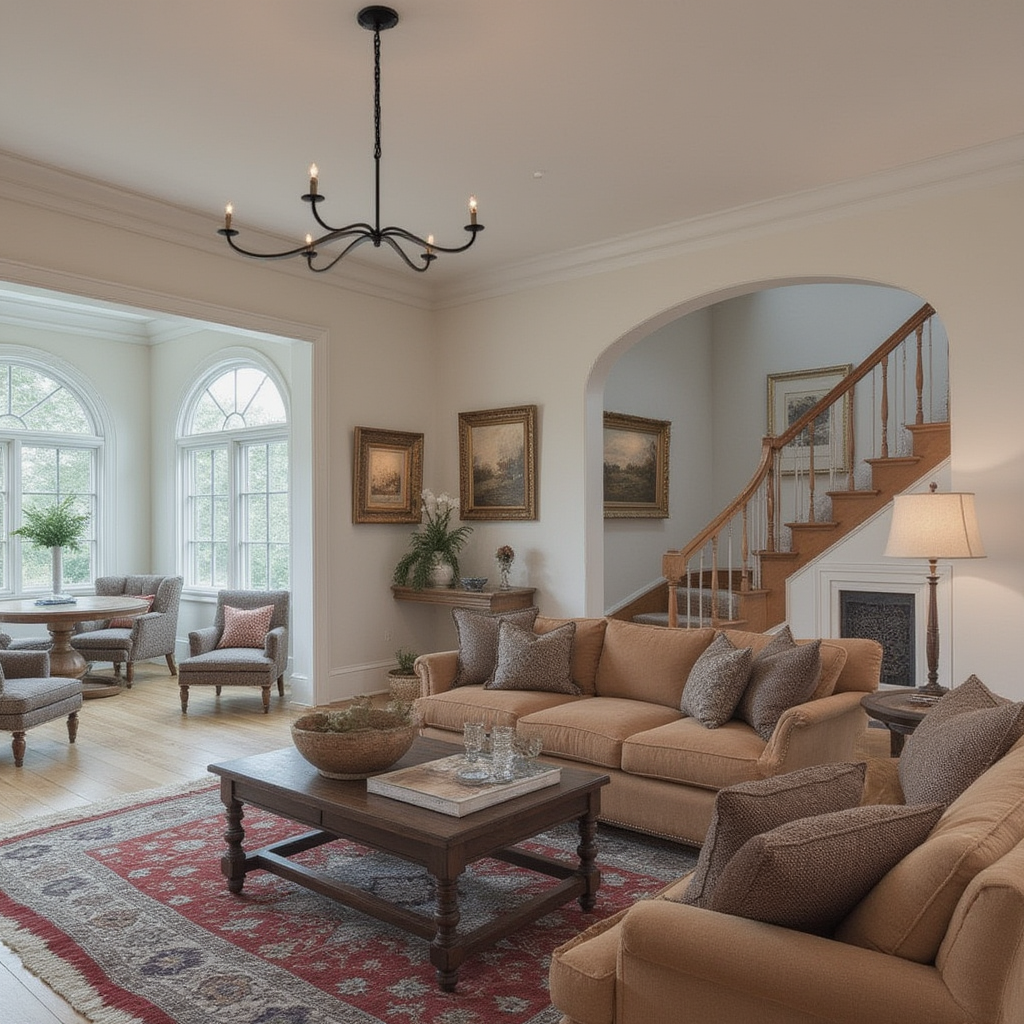
The Untapped Power of AI-Generated Lifestyle Imagery for Marketers
Marketers have long understood the power of social proof. High-quality user-generated content (UGC) drives engagement, enhances trust, and significantly increases conversion rates. But what happens when certain products don’t enjoy the same organic UGC coverage as others? Enter AI-driven content generation, a game-changing strategy that allows brands to extend the influence of high-performing community images across their entire product catalog.
AI as the Bridge Between UGC and Product Pages
Traditionally, brands rely on organic UGC—content generated by passionate customers and influencers—to enhance their product pages and marketing efforts. However, not all products get their fair share of lifestyle imagery. Some categories naturally attract more attention than others, leaving gaps in visual storytelling. AI can now bridge this gap by analyzing the style of high-performance, authentic community content and using that aesthetic to generate new images incorporating underrepresented products.
For example, a brand may have a stunning UGC image of a designer’s living room featuring their best-selling coffee table. However, their equally beautiful (but less photographed) bookcase or lamp from the same collection might not be receiving the same love. With AI, the brand can generate new lifestyle images that seamlessly incorporate those lesser-seen products into the same aspirational settings, ensuring a cohesive brand presence across product pages.
Why AI-Generated UGC Matters for Conversion Rates
- Consistency in Branding – AI ensures that every product benefits from high-quality, on-brand lifestyle imagery, reducing reliance on inconsistent organic UGC coverage.
- Enhanced Social Proof – More lifestyle imagery means a stronger narrative of real-world use, increasing consumer trust and purchase confidence.
- Scalability – Instead of waiting for organic UGC, AI enables brands to quickly generate content for every product, ensuring that even niche items receive proper representation.
- Performance Optimization – AI-generated images can be A/B tested to determine which styles and compositions drive the highest conversions, something traditional UGC cannot guarantee at scale.
Furniture Brands and the Slow Adoption Curve
While AI-generated lifestyle imagery is gaining traction in industries such as apparel and beauty, the furniture space—particularly brands that work closely with interior designers—has been slower to embrace this innovation. Why? The reason lies in the deeply rooted, symbiotic relationships between furniture brands and their design partners.
For many furniture companies, a designer’s work is not just content—it’s an artistic collaboration. Designers invest time in crafting spaces that reflect their vision, and brands benefit from the organic association with that expertise. The fear of AI-generated extensions of a designer’s work potentially straining these relationships has led many brands to remain hesitant.
There is still a strong preference for “authentic and perfect” over “scalable and strategic.” The risk of undermining a designer’s exclusivity by artificially extending their carefully curated aesthetic keeps brands from fully capitalizing on AI’s capabilities. In other words, many furniture brands value their relationships with designers more than they do the direct performance of their content.
How Furniture Brands Can Navigate This Shift
While the concerns of designers are valid, forward-thinking furniture brands can still leverage AI-generated lifestyle imagery in a way that is ethical and mutually beneficial:
- Create AI-Generated “Inspired” Content Instead of Replicas – Instead of extending a designer’s exact work, AI can be trained to produce content inspired by the brand’s overall aesthetic, ensuring the designer’s integrity remains intact.
- Partner with Designers for AI-Powered Content Creation – Instead of bypassing designers, brands can collaborate with them to create AI-enhanced versions of their designs, offering additional exposure without compromising their creative control.
- Transparency in AI Usage – Clearly communicate how AI-generated content complements—not replaces—real-world designer contributions. This fosters trust and keeps designers engaged.
- Test with Less Controversial Categories First – Brands can start by applying AI-generated UGC to non-flagship products, such as accessories or decor items, before scaling up to high-profile furniture pieces.
The Future of AI-Enhanced UGC
As AI technology evolves, its ability to mimic authentic UGC with precision will only improve. While furniture brands may be cautious now, the competitive advantage of scalable, high-quality lifestyle imagery will become too significant to ignore. Marketers who embrace AI-driven UGC extensions today will be the ones setting the standard for tomorrow.
For brands willing to navigate the delicate balance between authenticity and scalability, AI-generated lifestyle imagery isn’t just an opportunity—it’s the next frontier of digital marketing success.


